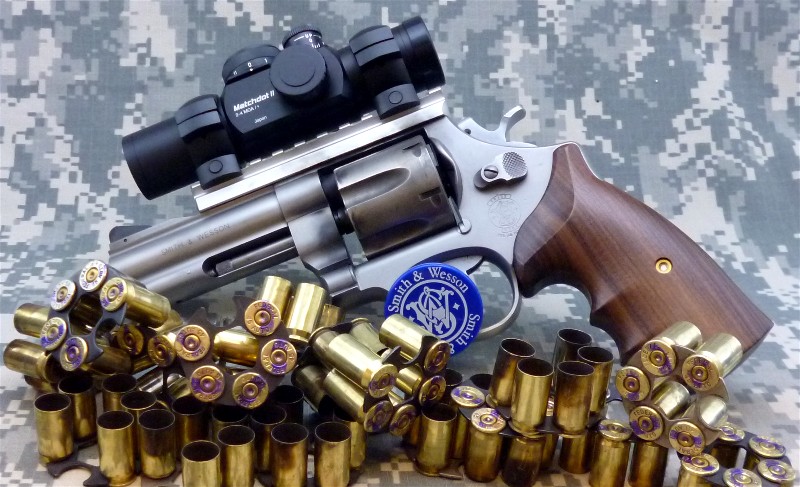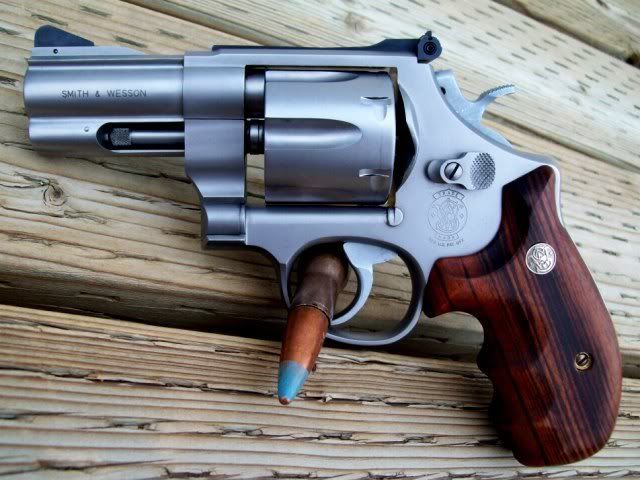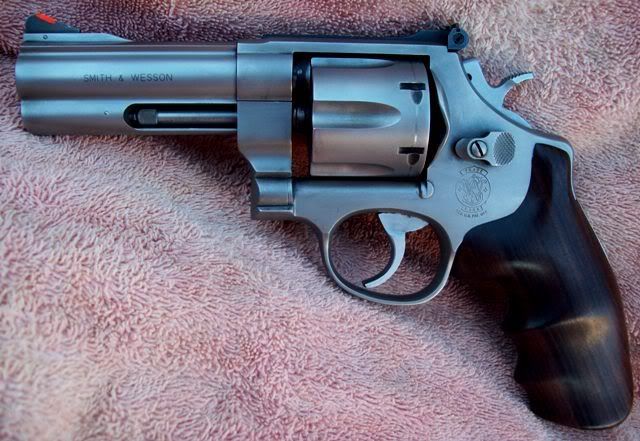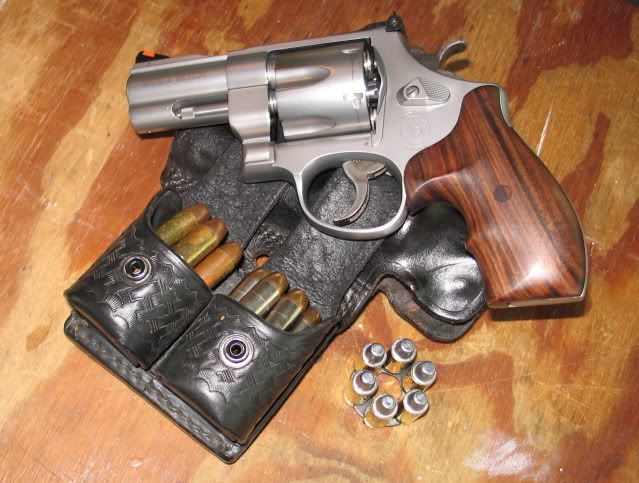rollin_hot
Well-known member
Quick question...
In general is a 625-2 "Model of 1988" worth any more or more desirable than a "Model of 1989"?
In general is a 625-2 "Model of 1988" worth any more or more desirable than a "Model of 1989"?
OK, I'll ask first...
What was the difference???
Mine is a 625-3 Model of 1989...




The 2ND reason the 88 is worth more is the place of the firing pin. It's on the hammer and not stored in the frame.
Quick question...
In general is a 625-2 "Model of 1988" worth any more or more desirable than a "Model of 1989"?
My 1989 has a hammer nose firing pin as do most (if not all) of them. See images earlier in this thread.
. I think all the 3" .45 ACP 625s are pre-MIM. 5 inchers sell for a little more than 4 inchers when everything else is equal because 5 inchers were discontinued.
The 625-6 pre-lock with MIM hammer and trigger was made in 3" in small numbers. Mine is the smoothest revolver I own.

. I think all the 3" .45 ACP 625s are pre-MIM. 5 inchers sell for a little more than 4 inchers when everything else is equal because 5 inchers were discontinued.
The 625-6 pre-lock with MIM hammer and trigger was made in 3" in small numbers. Mine is the smoothest revolver I own.

Thanks for the correction and picture.That's one I had not seen.
My 1989 has a hammer nose firing pin as do most (if not all) of them. See images earlier in this thread.
Also I believe that the 625-2 was only available in 5", whereas the 625-3 was made in 3", 4", & 5" barrels. Here are my two -3's:



I have a 625 chambered in .45ACP, but isn't this same revolver available in .45 Colt?

